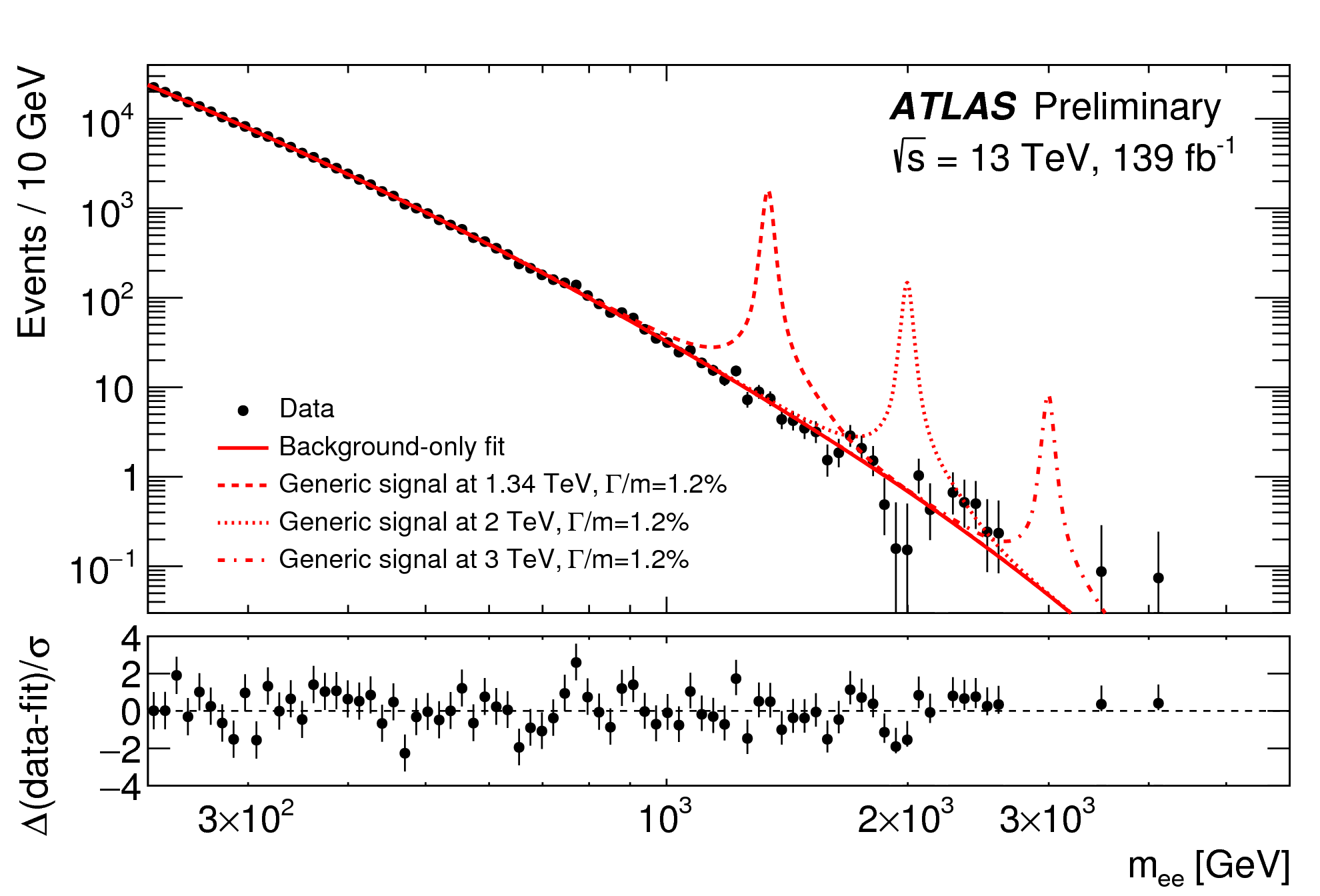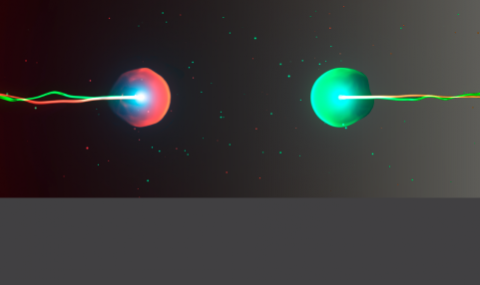Join us in searching for physics beyond the standard model with the ATLAS experiment at the LHC.
The standard model (SM) of particle physics has demonstrated many triumphs along the years since its formulation, notably with the discovery of the Higgs boson by the ATLAS and CMS collaborations in 2012. However, we know that the SM is not complete and cannot describe all phenomena we observe in nature. Amongst other shortcoming of the SM are the fact that it cannot explain gravity, it cannot account for the universe's matter/anti-matter asymmetry, it cannot explain dark matter and more.
Numerous attempts have been made to extend the SM with "exotic" physics scenarios in order to solve some of the shortcomings mentioned above. These extensions include e.g. new heavy gauge bosons, new interactions at high energy scales, etc. Often these attempts arise in scenarios with extra spatial dimensions that are added beyond the familiar three spatial dimensions which we, as human beings are limited to perceive. There are of course many other scenarios.
My related research focuses on searches for high mass features, mostly in dilepton (e.g. e+e-) final states. These final states, along with e.g. top-quark pairs and similar, appear generically in many models beyond the SM. Hence these searches can cover a large number of possibilities and they are at the very forefront of the energy frontier research. Observing e.g. a resonance at high masses in these clean channels would be a groundbreaking indication of new physics and it will change the way we think of the world. A recent example of such a search is shown in the figure below.

Dielectron invariant mass data vs backgroud expectation and a few signal hypotheses


